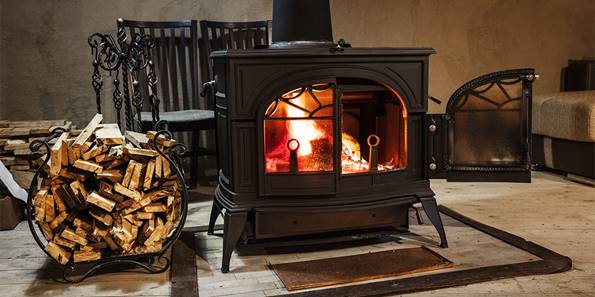Modelling of the domestic combustion sector: PM2.5 emissions
The emissions of PM2.5 from wood-burning have long been recognised in discussions concerning the NECD, especially by Scandinavian countries with large forests and high use of wood. It was therefore no surprise when analysis of future scenarios for the Committee on Climate Change incorporating increased use of biomass, showed that this could be an important issue for the UK (ApSimon & Oxley, 2013). More recently this topic has been taken up by AQEG, reviewing the various limits set for emissions and the uncertainties surrounding them, especially with regard to “real-world” emissions as compared with emissions using specific fuels in controlled test conditions.

Recently Ricardo have re-assessed emissions of PM2.5 from domestic combustion, including wood-burning as the most important contribution. We have used these emissions in the UKIAM model as a base case to model concentrations and human exposure and compare with evidence from measurements collected by Kings College London, conducting various “what if” scenarios for the wood-burning contribution. This illustrates both the importance of uncertainties in the magnitude of emissions depending on the quantity and properties of the wood used, and of the geographical distribution relative to populated urban areas. An additional measure investigated to reduce PM2.5 emissions is the substitution of solid smokeless fuels, SSF, for domestic coal burning.
Relevant Reports
- Oxley, T., ApSimon, H., Woodward, H. & Mehlig, D., 2020, Contribution from cooking to PM2.5 concentrations, Centre for Environmental Policy, Imperial College London, Report to Defra, SNAPCS Contract ECM-53210, December 2020
- ApSimon, H., Oxley, T., 2013. Analysis of the air quality impacts of potential CCC scenarios, Final report Defra contract AQ0951, available from http://www.theccc.org.uk/wp-content/uploads/2013/12/Air-quality-impacts-of-potential-CCC-scenarios.pdf
For staff
If you are a new CEP staff member and would like to be included on the research webpages, or would like to amend your existing details, please submit this form (login required- only works for members of CEP).